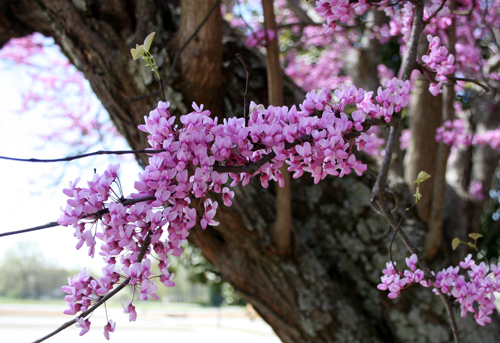If the recent warm weather has given you a fever to plant shrubs, trees and flowers, you are not alone. With the promise of spring in the air, it is hard to sit still as the days become longer and the temperatures begin to rise.
I love days like this and really enjoy getting out and experiencing the fresh start as plants wake from their winter dormancy.
If you are going to add to your landscape, University of Georgia Cooperative Extension specialists recommend keeping a few things in mind before you dig your first shovel-full of dirt.
Sample the soil
Ideally, you should take a soil sample before you plant new additions. Soil test results from your local UGA Extension office will list what your soil needs to provide the best balance of nutrients for your new plants.
If lime or fertilizers are recommended, mix in the recommended amounts to the soil you removed to make the hole. Do not add lime or fertilizer at the bottom of the hole. This could potentially burn the plant’s roots and cause more harm than good.
When you bring home new trees and shrubs, keep the rootball moist and out of the sun so it does not dry out and stress the plant. This is especially important if it is going to be a few days before you are able to find a permanent home for the plant.
Check the roots
When you are ready to plant, take a close look at the rootball. If the roots are bound and tangled, score the rootball to loosen the roots from each other or tease them apart.
Only dig the planting hole deep enough so the top of the rootball is level with the top of the soil surface. Be sure to maintain or build a solid base at the bottom so the rootball has a firm place to sit. This will keep the plant from settling deeper in the hole.
Once you have determined your depth, loosen the soil two to three times the diameter of the rootball. This will provide lots of growing room and help the plant become established quickly.
Add mulch
Drought stress can kill transplanted trees and shrubs, so do everything you can to give the plant all the water it needs to make it through the first growing season.
Add mulch to reduce moisture stress and help cool the soil in the heat of summer. When you irrigate, be sure to water slowly and deeply about once a week. A soaker hose placed around the drip line of the tree is ideal.
Take the time to follow these steps, and you will enjoy your new landscape addition for years to come.








